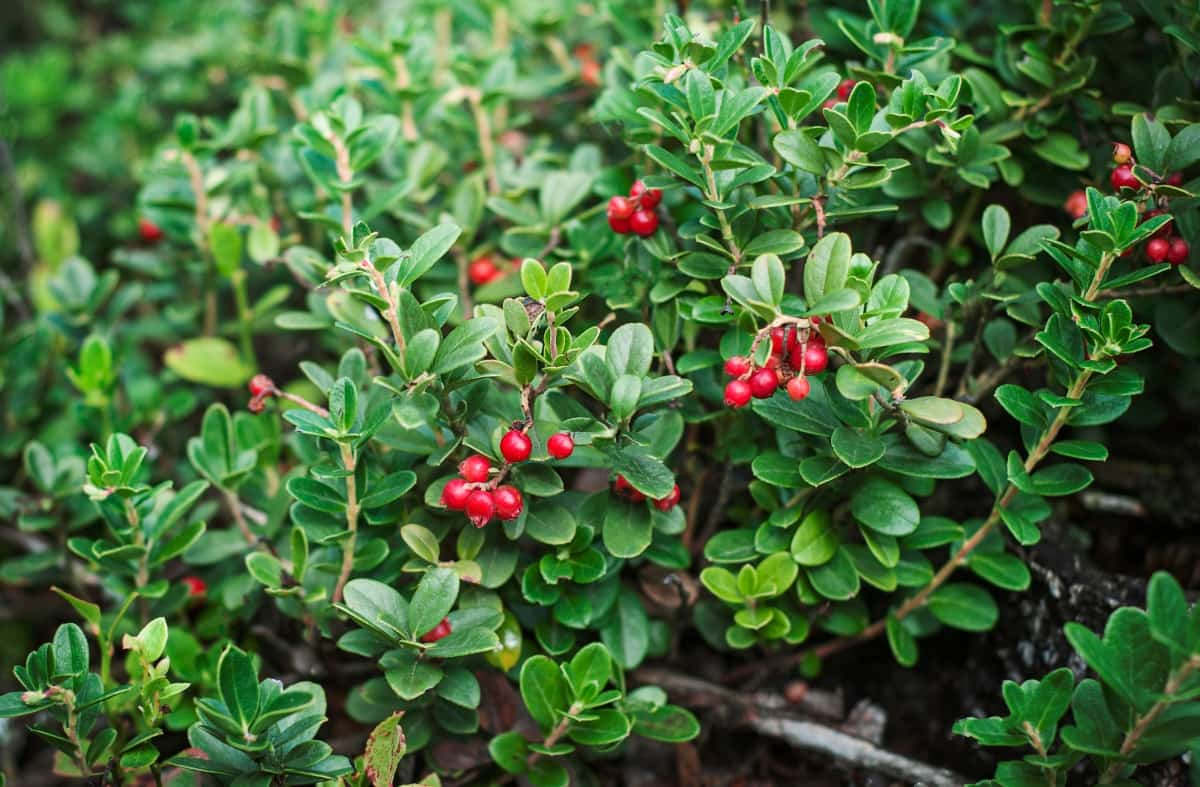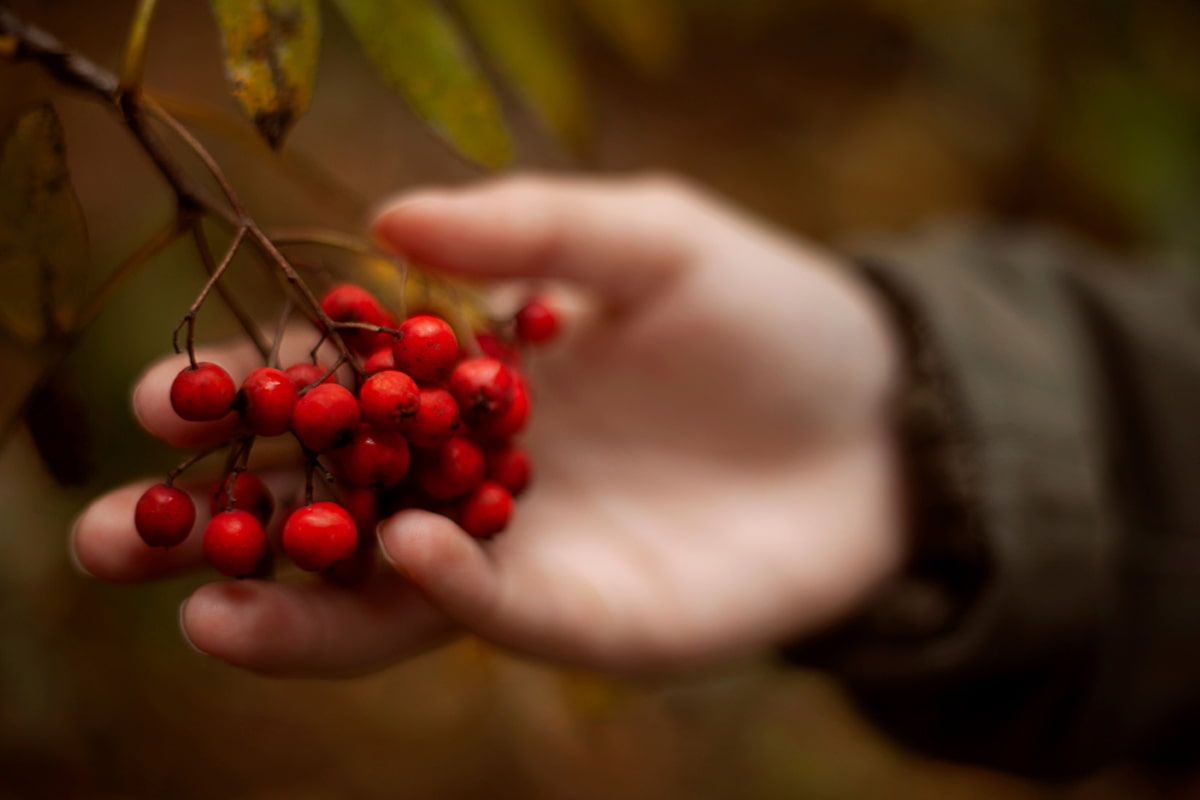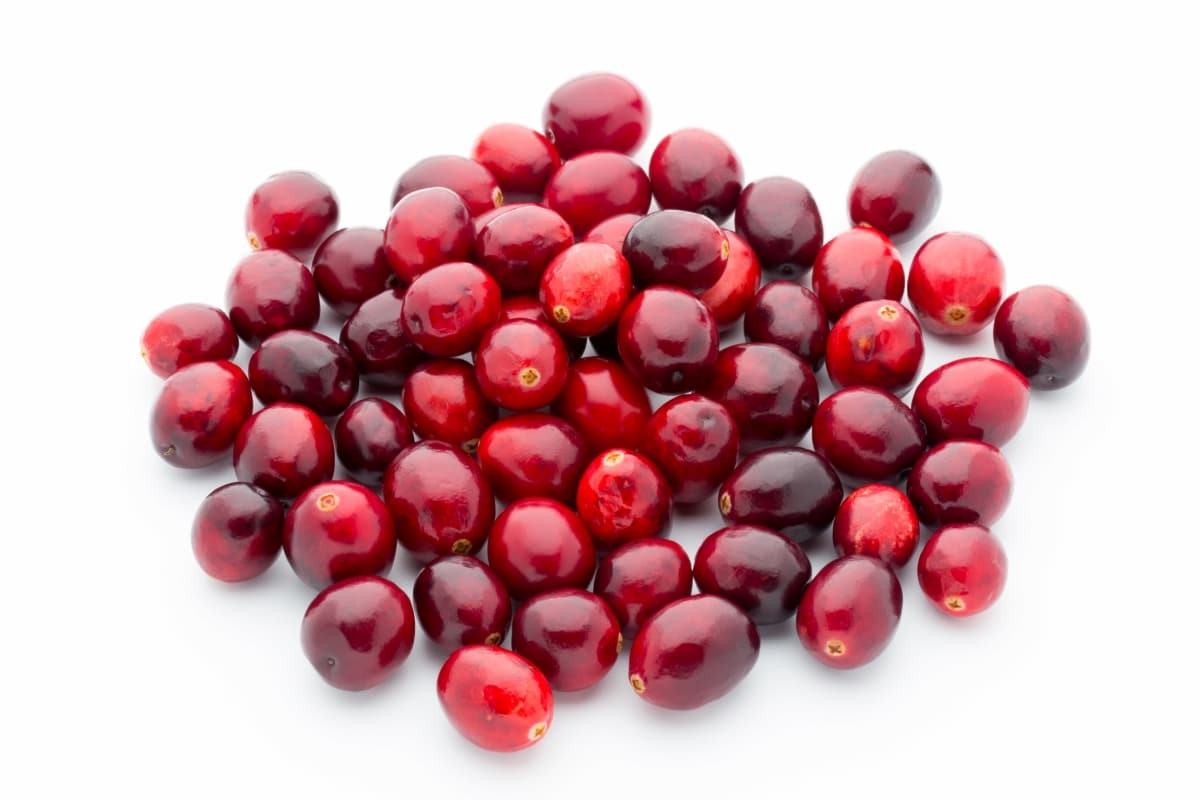Learn how to stop cranberry fruit rot naturally and how to use organic solutions to manage it successfully. Use easy and sustainable ways to protect your crop. Investigate methods for utilizing nature’s force to maintain the health and vigor of your cranberry harvest. For best outcomes, use a sustainable approach to fruit farming.

How to Prevent Cranberry Fruit Rot Naturally
Understanding Cranberry Fruit Rot
The causes and symptoms of cranberry fruit rot, a problem that frequently affects cranberry crops, should be taken seriously. The fungus Colletotrichum is primarily responsible for fruit deterioration. Because the fungus prefers warm, humid environments, controlling moisture levels is essential.
Berries with dark, deep lesions that eventually become mushy are the first signs of the condition. In order to protect harvests and maintain the cranberry sector, the agricultural community must communicate effectively to spread this knowledge and encourage preventative actions against cranberry fruit rot.
Natural Methods
- Use appropriate irrigation techniques to maintain soil moisture levels without overwatering.
- Avoid fungal diseases by using well-ventilated planting methods and maintaining appropriate plant spacing.
- Add organic mulch-like straw to prevent soil from pouring onto the fruit and provide a protective barrier.
- Regularly check berries and eliminate contaminated ones to prevent disease spread.
- Promote a healthy environment by fostering beneficial insects and microbes to manage pests responsible for cranberry fruit rot.
Organic Approaches
- Cultural Practices: Implementing proper cultural practices, like maintaining optimal water levels and spacing between plants, enhances cranberry health reducing susceptibility to rot.
- Beneficial Microorganisms: Introducing beneficial microorganisms, such as Bacillus subtilis, can naturally suppress harmful pathogens causing fruit rot.
- Neem Oil: Neem oil, which is extracted from the neem seeds, acts as a natural fungicide, inhibiting the growth of rot-causing fungi on cranberries.
- Copper-Based Sprays: Copper-based sprays, compliant with organic standards, provide an additional layer of protection against fruit rot.
- Companion Planting: Planting compatible crops alongside cranberries can create a symbiotic environment, deterring rot-inducing pests.
Implementing Cultural Practices
Cranberry fruit rot is a significant production issue that can be managed effectively using cultural techniques. To prevent rot, farmers should modify irrigation techniques, control plant density and trimming, reduce humidity levels, apply organic mulch, adopt a strict weed control program, and monitor their crops regularly. Early detection and intervention can help prevent rot and improve crop health. By implementing these cultural methods, cranberry growers can improve crop health and reduce fruit rot, ultimately leading to better overall crop health.
In case you missed it: How to Start Cranberry Farming in Wisconsin: A Step-By-Step Production Guide for Planting to Harvest

Using Biocontrol Agents
In place of chemical treatments, biocontrol agents provide an environmentally acceptable, natural way to control cranberry fruit rot. These substances, which are frequently predators or helpful microbes, inhibit the pathogenic fungus that causes fruit rot. Research suggests that some bacteria, like Bacillus species and Pseudomonas, have antagonistic effects on the pathogens that cause cranberry rot.
Furthermore, it has been demonstrated that mycoparasitic fungi like Trichoderma can stop the growth of fungi that cause decay. The use of these biocontrol agents reduces their negative effects on the environment while improving the health of cranberry crops through techniques including foliar spraying and soil additives. In addition to protecting cranberry crops, using biocontrol techniques supports sustainable agriculture methods and a healthy ecology.
Effective Organic Sprays
Cranberry fruit rot can be naturally prevented in a significant way by using organic sprays. The neem tree yields neem oil, an efficient organic spray with antifungal qualities. Fruit rot-causing fungi’s life cycle is disrupted by applying neem oil. Furthermore, copper-based sprays, such as copper sulfate, function as a naturally occurring fungicide by stopping the growth of fungi on cranberries.
Moreover, an alkaline environment produced by mixing baking soda with water makes the fruit’s surface less conducive to the growth of fungi. By applying these organic sprays on a regular basis—especially during the vital growth stages—you can prevent cranberry fruit rot and promote a healthy harvest without resorting to artificial chemicals. This strategy is sustainable and environmentally friendly.
Enhancing Soil Health
Fruit rot in cranberries is a prevalent problem that can be avoided by organically improving soil health. Prioritize the amount of organic matter in the soil first; cover crops and compost, boost microbial activity, and create a better atmosphere. Cranberry farming requires a soil pH of between 4.0 and 5.5 to prevent disease growth. By adding organic amendments, such as well-rotted manure, you can introduce beneficial bacteria that will help maintain a healthy soil environment.
Plant non-host plants in between cranberry crops to break up disease cycles and improve soil resilience. For cranberry bushes to not become stressed, proper irrigation is essential to preserving moisture without becoming soggy. Last but not least, mulching with organic materials lowers the chance of fruit rot by controlling soil moisture and temperature. By using these organic techniques, cranberry farming can be sustained while improving soil health.
Timing and Frequency
To manage cranberry fruit rot effectively, use natural treatments at the early stages of fruit development, ideally at flowering and fruit-setting phases. A bi-weekly application schedule is recommended for consistent protection throughout the growing season. Applying natural treatments generously but not overloading the plants fosters a balanced release of bioactive compounds, fortifying cranberries against rot while maintaining ecological equilibrium. Understanding the optimal timing and frequency can enhance the natural resilience of cranberry crops.
In case you missed it: How to Prevent Custard Apple Fruit Rot Naturally: Control with Natural and Organic Treatment

Natural Ways
Through a number of natural means, cranberry plants can strengthen their resistance against fruit rot. First of all, ideal growth conditions are promoted by keeping the pH of the soil between 4.0 and 5.5. Furthermore, compost and other organic matter enhance soil structure and provide a home for beneficial microbes.
Waterlogged situations that encourage rot are avoided by practicing adequate water management and avoiding over-irrigation. Using companion plants, such as marigolds, in intercropping helps keep dangerous pests and diseases at bay. Neem oil also functions as a natural fungicide when applied. Crop rotation breaks the cycle of disease by upsetting the environment that certain diseases need to thrive.
Integrated Pest Management
- Use cultural techniques like appropriate irrigation and trimming to make the environment unfavorable for the development of rot.
- Keep an eye out for any indications of illnesses or pests in the cranberry bogs.
- Use biological controls to organically manage pest populations, such as fungi and beneficial insects.
- Use pharmacologic interventions sparingly and sensibly, adhering to established protocols.
- Alternate between chemical classes to reduce the emergence of resistance.
In case you missed it: How to Prevent Citrus Fruit Rot Naturally: Best Ways to Control with Natural and Organic Treatment

Conclusion
Safeguarding cranberries from fruit rot naturally involves employing organic treatments. Utilizing a mix of neem oil, garlic spray, and compost tea acts as a formidable defense. Consistent monitoring and timely intervention are key to thwarting rot. This eco-friendly approach preserves cranberry crops while promoting sustainable farming practices.
- Feed Your Flock for Less: Top 10 Tips to Save on Chicken Feed
- Ultimate Guide to Ossabaw Island Hog: Breeding, Raising, Diet, and Care
- Hatching Answers: The Top 10 Reasons Your Chickens Aren’t Laying Eggs
- Eggs and Economics: Breaking Down the Cost of Raising Backyard Chickens
- Defend Your Greens: Proven Methods to Keep Iguanas Out of Your Garden
- Ultimate Guide to Cinnamon Queen Chicken: A Comprehensive Guide for Beginners
- Ultimate Guide to California Tan Chicken: Breeding, Raising, Diet, Egg-Production and Care
- Ultimate Guide to Marsh Daisy Chicken: Breeding, Raising, Diet, and Care
- 10 Types of Chicken Farming Businesses You Can Start for Profits